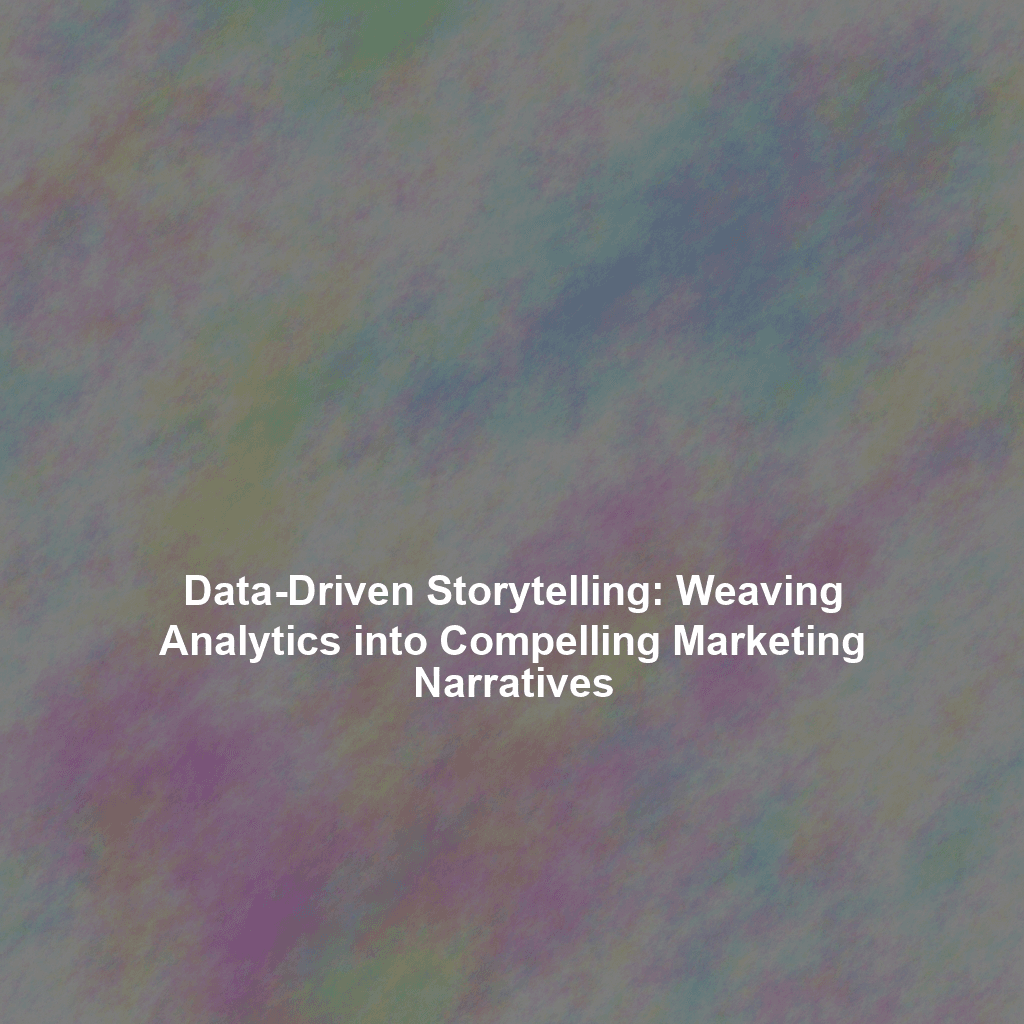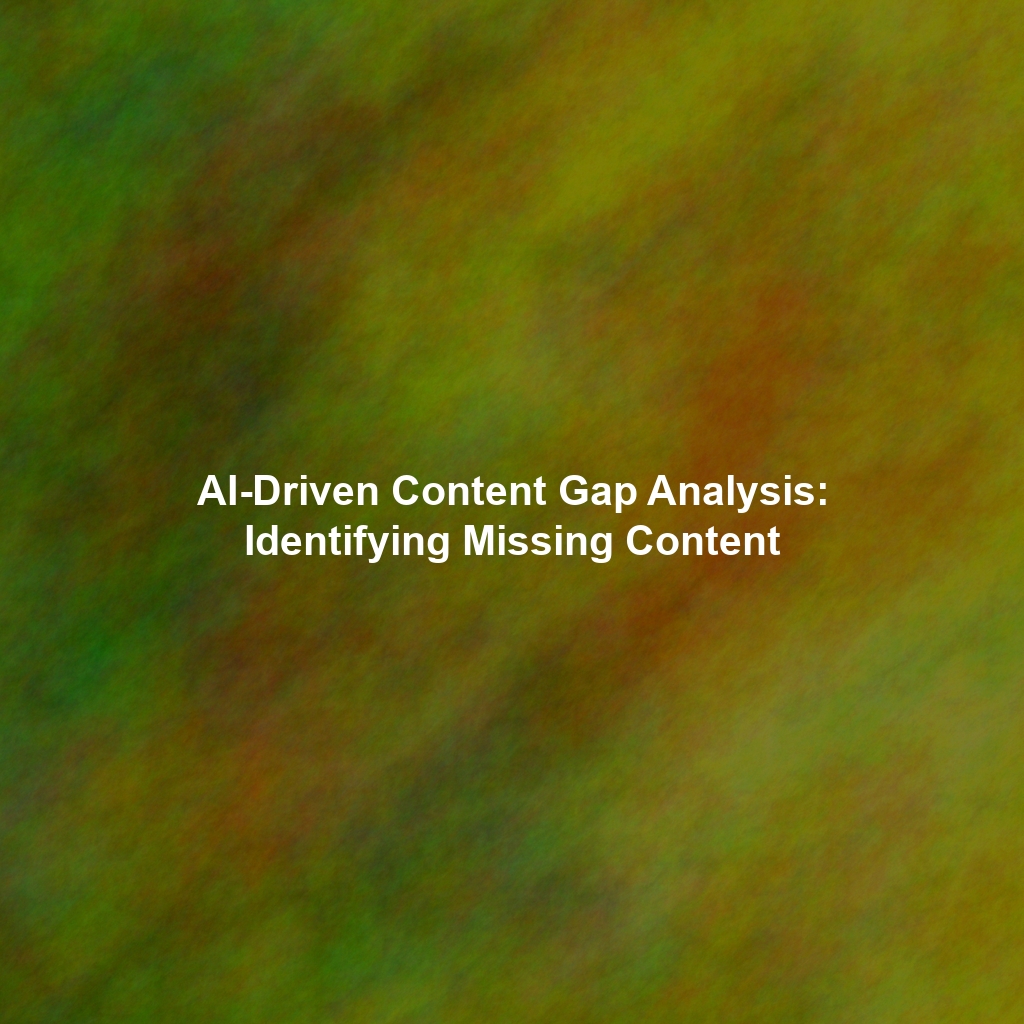In today’s marketing landscape, cutting through the noise requires more than just creative flair. It demands a strategic approach that combines the power of storytelling with the precision of data analytics. Data-driven storytelling is the art of crafting narratives that resonate deeply with your audience, grounded in solid evidence and insights gleaned from data. This isn’t about replacing creativity with spreadsheets; it’s about amplifying your message and ensuring it lands with maximum impact.
The Power of Data in Shaping Your Narrative
Traditionally, marketers relied on intuition and anecdotal evidence to craft their stories. While valuable, these methods can be subjective and prone to bias. Data provides a more objective lens, revealing hidden patterns, uncovering customer pain points, and validating assumptions. By embracing data, you can create stories that are not only emotionally engaging but also strategically aligned with your business goals.
Identifying Customer Pain Points with Data
Data can be a powerful tool for understanding your customers’ struggles. Website analytics, social media listening, and customer surveys can reveal common issues, frustrations, and unmet needs. For example, analyzing customer support tickets can highlight recurring problems, while social media sentiment analysis can reveal negative perceptions of your brand or product. Once you identify these pain points, you can craft stories that address them directly, positioning your product or service as the solution.
Uncovering Surprising Trends and Opportunities
Beyond identifying problems, data can also reveal unexpected trends and opportunities. By analyzing customer purchase history, website behavior, and market data, you might discover new customer segments, emerging product trends, or untapped market niches. These insights can inform your storytelling, allowing you to create narratives that capitalize on these trends and resonate with new audiences. For instance, a company selling hiking gear might discover through data analysis that a growing number of customers are interested in overnight camping trips. This could lead to the creation of a campaign focused on the joys and benefits of backcountry camping, targeting this specific audience.
Data Visualization: Bringing Your Stories to Life
Data alone can be overwhelming and difficult to interpret. Data visualization is the key to transforming raw data into compelling visual stories that are easy to understand and remember. Charts, graphs, and infographics can help you illustrate key trends, highlight important insights, and make your data more accessible to a wider audience.
Think about it: a simple bar graph showing a significant increase in customer satisfaction scores is far more impactful than a table of numbers. Effective data visualization can turn complex data into a clear and engaging narrative, helping your audience understand the “why” behind the numbers.
Crafting the Narrative: Weaving Data into the Story
The key to successful data-driven storytelling is to seamlessly integrate data insights into your narrative. Don’t simply present data in isolation; instead, use it to support your story and provide context. For example, instead of saying “Our sales increased by 20%,” you could say, “After listening to our customers’ feedback and implementing their suggestions, we saw a 20% increase in sales, demonstrating the power of putting the customer first.”
Tips for Weaving Data into Your Story:
- Start with a compelling hook: Grab your audience’s attention with a relatable anecdote or a surprising statistic.
- Use data to support your claims: Back up your arguments with concrete evidence.
- Focus on the human element: Connect the data to real people and their experiences.
- Keep it simple: Avoid technical jargon and focus on clear, concise language.
- Use visuals: Employ charts, graphs, and infographics to illustrate your points.
Measuring Success: The ROI of Data-Informed Storytelling
One of the key benefits of data-driven storytelling is that it allows you to track the effectiveness of your campaigns and demonstrate the ROI of your marketing efforts. By monitoring key metrics such as website traffic, lead generation, and sales conversions, you can measure the impact of your stories and identify areas for improvement.
For example, if you launch a campaign based on data insights about a specific customer pain point, you can track the number of leads generated by that campaign and compare it to previous campaigns. This will help you determine whether your data-driven approach is yielding better results.
Case Studies: Data-Driven Storytelling in Action
Let’s look at some real-world examples of companies that have successfully integrated data and narrative:
- Spotify’s Wrapped Campaign: This annual campaign uses user data to create personalized playlists and insights, allowing users to reflect on their listening habits. The campaign is highly engaging and shareable, generating significant buzz on social media.
- Netflix’s Recommendation Engine: Netflix uses data on viewing habits to recommend shows and movies that users are likely to enjoy. This data-driven approach has been instrumental in increasing user engagement and retention.
- Charity: Water’s Transparency: Charity: Water uses data and visual storytelling to show donors exactly where their money is going and the impact it’s having on communities in need of clean water. This builds trust and encourages continued support.
Conclusion: The Future of Marketing is Data-Driven Storytelling
In conclusion, data-driven storytelling is not just a trend; it’s the future of marketing. By combining the art of storytelling with the precision of data analytics, you can create narratives that are both emotionally engaging and strategically effective. Embrace the power of data, learn to visualize your insights, and weave them into compelling stories that resonate with your audience. The result will be more effective marketing campaigns, stronger customer relationships, and a greater return on your investment.
 Skip to content
Skip to content

